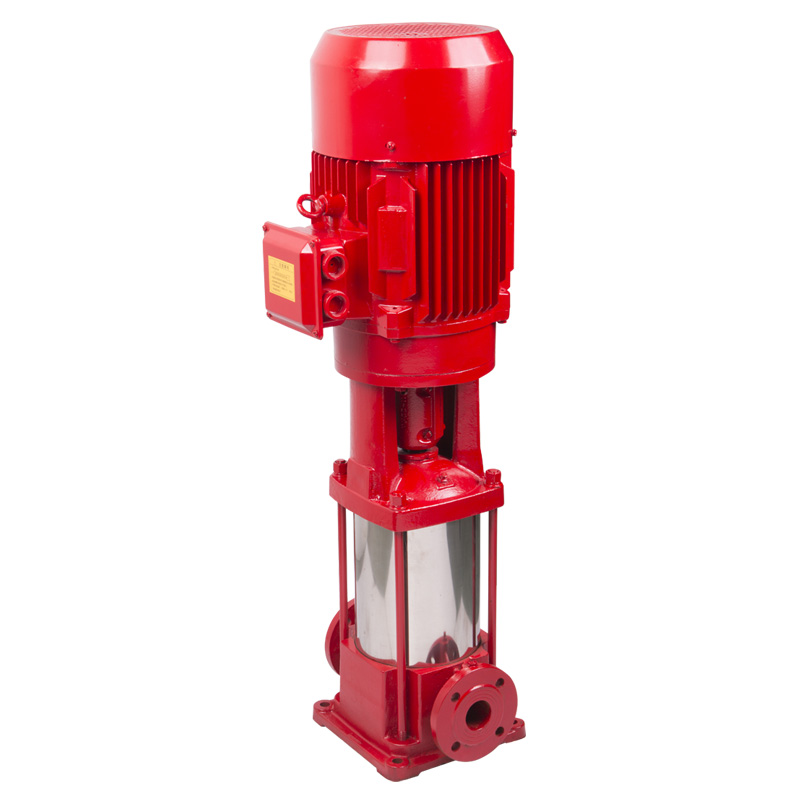How to choose a suitable fire pump should be based on actual needs and usage scenarios, with a focus on the following core factors. Firstly, it is necessary to clarify the fire demand parameters. The flow rate should be determined based on the protected area area, fire hazard level, and the required fire water consumption should meet the minimum requirements in the fire protection regulations. The pressure should be calculated based on the height, distance, resistance, etc. of the pipeline network to ensure that water can be transported to the fire extinguishing point and form effective spraying. If it is a fixed fire protection system, it needs to be matched with the pipeline layout. If it is for mobile use, portability and power adaptation need to be considered. According to the size of the installation site, the appropriate size of the pump set (such as vertical or horizontal) should be selected.
The selection of fire pumps must comply with national standards, and priority should be given to products that have passed 3C certification to ensure reliable operation in the event of a fire. Daily maintenance and upkeep should check the operation status, pressure, flow rate, and sound of the pump for normal operation, and whether there are any leakage problems. Regular maintenance includes cleaning the pump body, checking the wear of the impeller and pump casing, replacing seals, lubricating bearings, calibrating pressure gauges, etc. Regular start-up tests should be conducted to ensure that the fire pump can operate normally in the event of a fire.
Based on the above points, suitable fire pumps can be selected according to their own fire scenarios (such as factories, buildings, fire trucks, etc.) and specific parameter requirements.
Post time: Aug-15-2025





